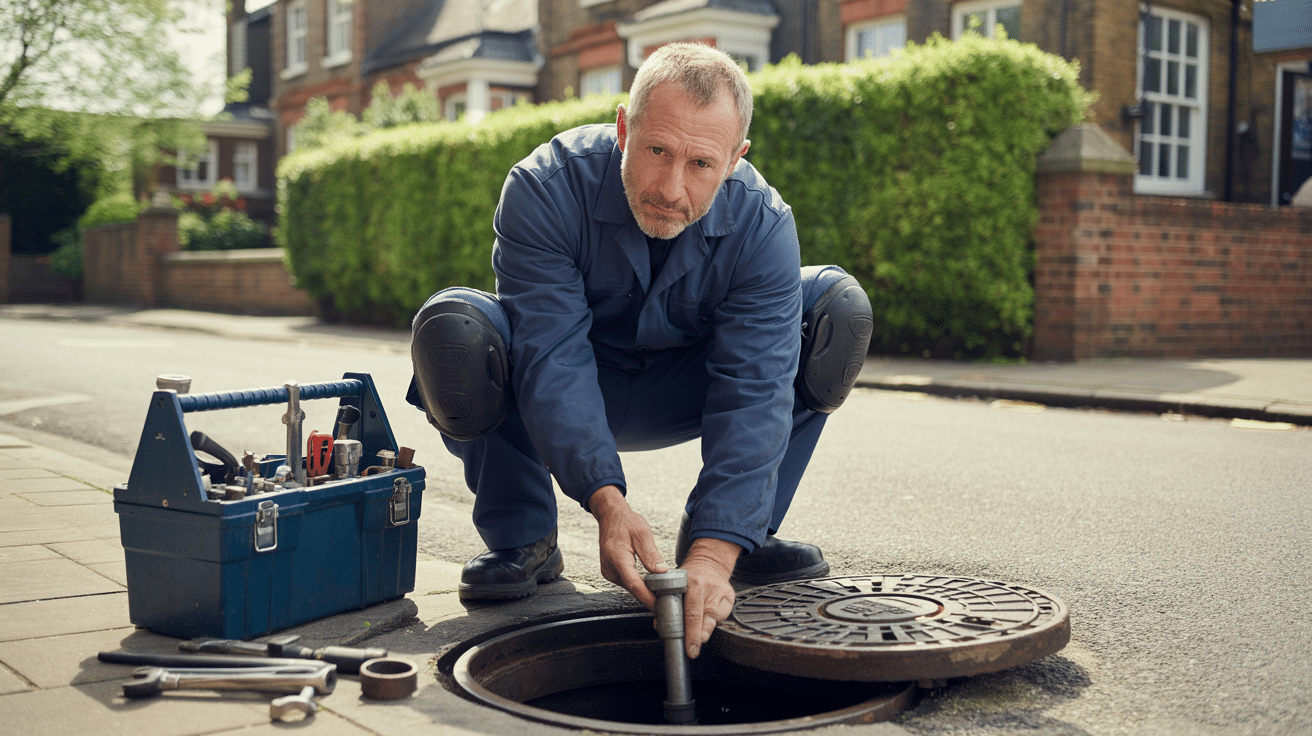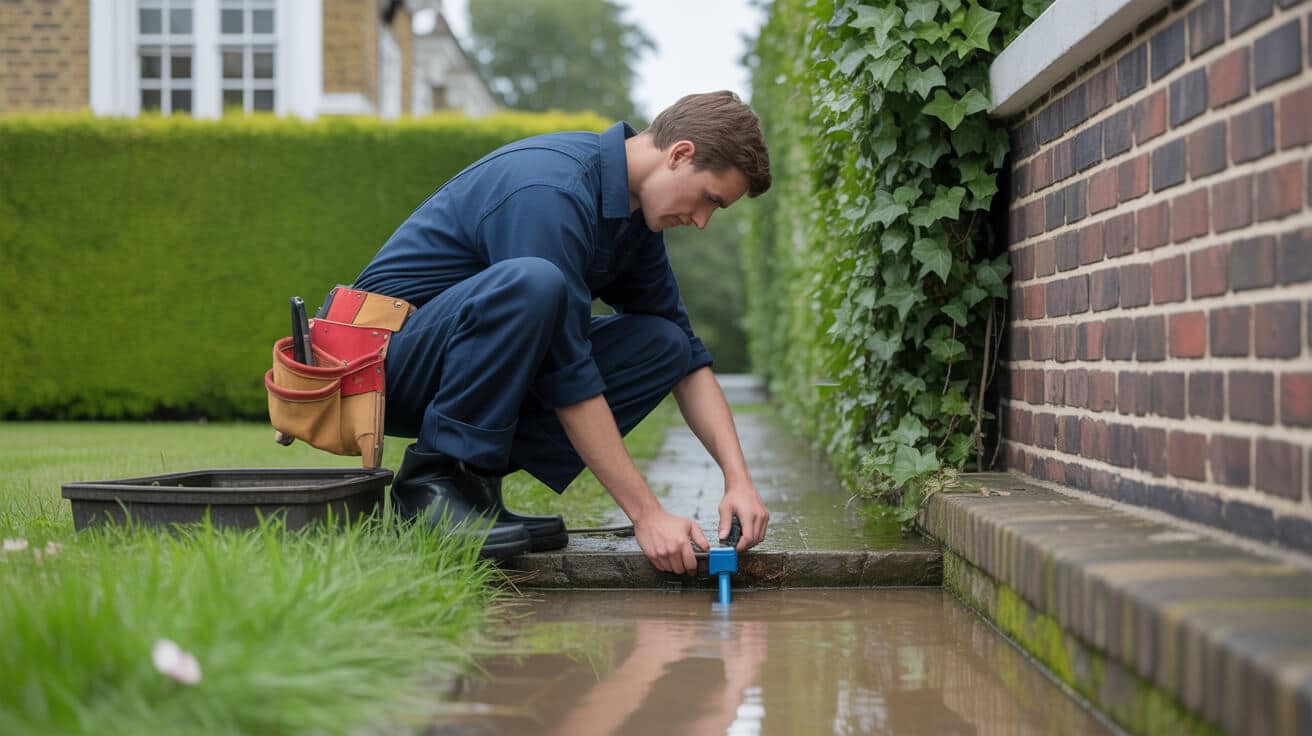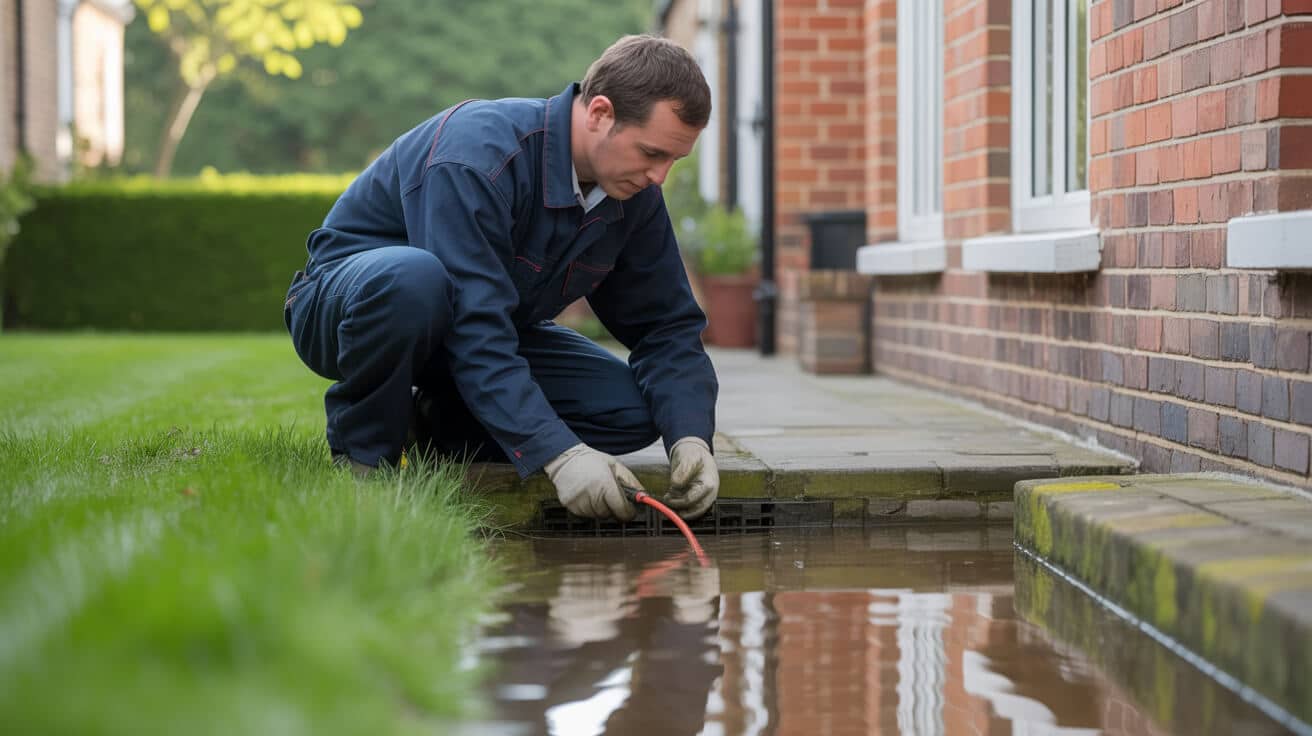 How to Keep Your Family Safe From Carbon Monoxide Poisoning
How to Keep Your Family Safe From Carbon Monoxide Poisoning
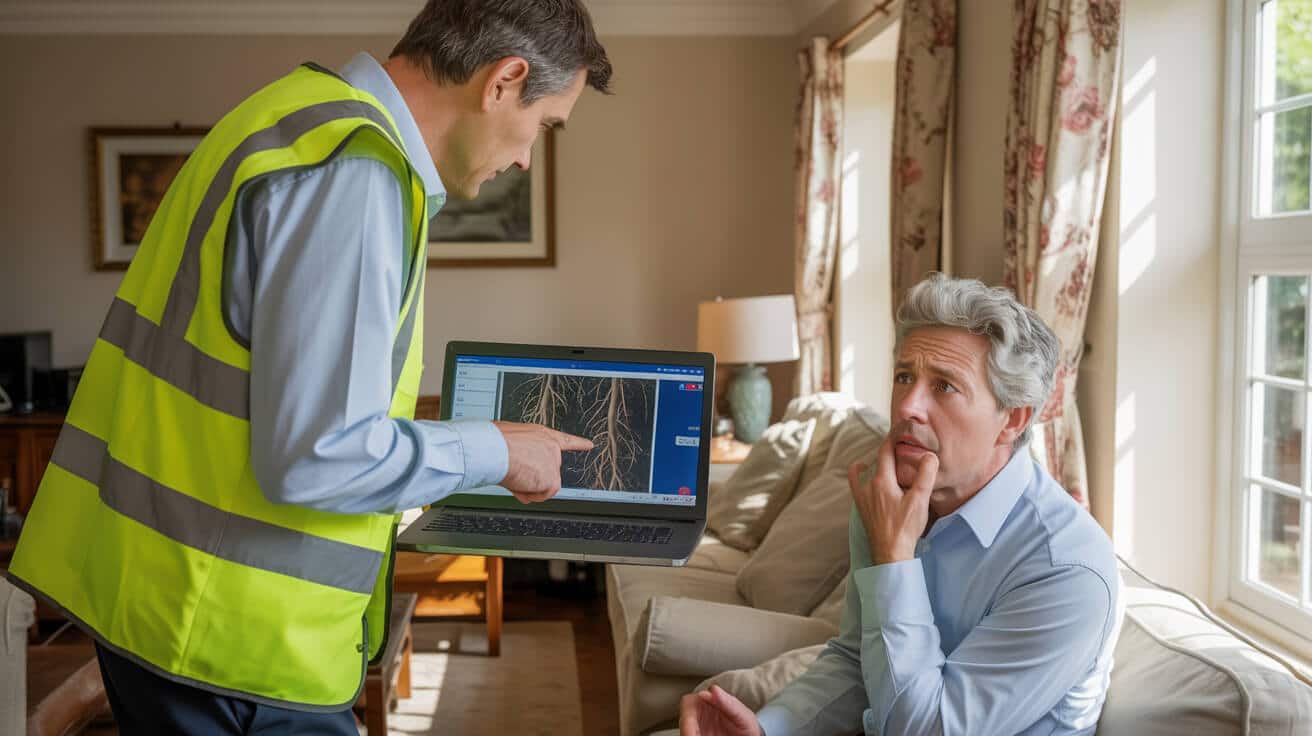
Why Does Carbon Monoxide Still Threaten UK Homes—Even for Safety-Conscious Owners?
Every year, families, landlords, and professionals across the UK face a blunt truth: carbon monoxide (CO) respects neither awareness nor good intentions. You can instal a state-of-the-art boiler, replace alarms, or carry out every annual check—yet a single overlooked vent, an expired alarm, or a new appliance installed without full paperwork can open the door to danger.
Most carbon monoxide tragedies start with a minor oversight, not a catastrophic failure.
The reality is that CO risk never disappears. It shifts—slipping into any gap left by paperwork lapses, rushed compliance checks, or quick-fix installations. Even after a new system is commissioned, standards change and responsibilities update; the protection you rely on last winter may already be out-of-date by this winter. Any property—city flat, suburban semi, or managed office block—shares this exposure.
No modern gas fire, eco combi boiler, or solid-fuel stove is “too new” or “well-kept enough” to guarantee safety by appearance alone. What matters is process, documentation, and a zero-shortcut mindset at every stage: instal, venting, annual testing, and proper alarm placement. Missing just one piece puts everyone at risk—CO is silent and invisible, giving no time for second chances.
In practical terms, the first line of defence isn’t just the right kit or an up-to-date service tag. It’s your alertness: anticipating where checks fail, paperwork lags, and habits slip. For owners, landlords, and managers, safety comes down to actionable routines and airtight record-keeping—never assumptions.
Which Everyday Symptoms Signal a Carbon Monoxide Leak—And Why Are They So Easily Missed?
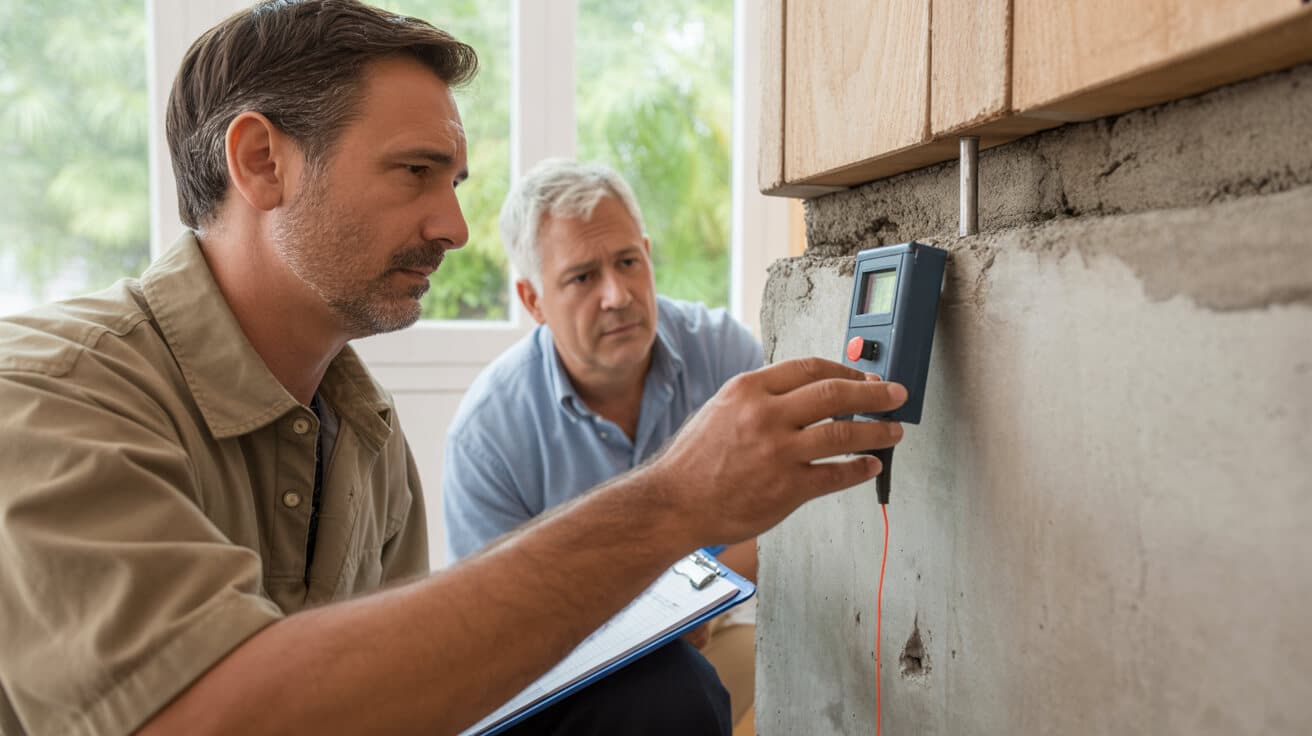
If CO posed as a “rare” or “unique” danger, detection would be easy. Instead, early poisoning masquerades as common UK ailments—which is exactly why it’s missed. During winter, families and tenants endure headaches, nausea, tiredness, or odd moods. With the boiler humming and windows closed, it’s easy to write off these signals as seasonal blues, a cold, or just a stressful week.
Here’s the quick shortlist every property decision-maker should flag:
- Headaches and nausea that improve outdoors:
- Unusual tiredness, irritability, or confusion: , particularly in children or vulnerable adults
- Mysterious shortness of breath, dizziness, or weakness after nights in:
- Pets suddenly ill or lethargic: —sometimes the earliest sign of a leak *(NHS, 2023)*
What makes this so dangerous is how easily these symptoms are rationalised: “It’s just the winter flu”, “We need a holiday”, “Kids are run down”. But CO poisoning builds up in the system; symptoms fade outside and return indoors—often affecting multiple people at once.
When the same sickness routine appears indoors but vanishes when you leave, never settle for guesswork—treat CO as the prime suspect until proven otherwise.
For landlords and property managers, repeated complaints about “mystery illnesses” among tenants are a flashing red light. Don’t wait for an incident. The right move—every time—is to escalate for a full CO check and equipment audit.
Which Appliances and Instal Choices in UK Properties Carry the Highest Carbon Monoxide Risk?

CO is the “great equaliser”—all combustion appliances (gas, solid fuel, oil, and wood burners) generate risk if anything interrupts their correct operation. This isn’t about what brand you buy or whether it’s new or old—it’s about installation, servicing, and every small aspect between.
Here’s what consistently causes the most problems:
- DIY or non-certified instals: , especially covert flue modifications in kitchens, attic conversions, or post-refurbishments
- Missed or overdue annual servicing: —a simple “passed last year” doesn’t count this year
- Ventilation compromised by building works—covered air bricks, insulation upgrades, or blocked terminal vents:
- “Quick fixes” or part repairs without full system checks: , breaking crucial seals or leaving gas joints unchecked
Don’t let a brand-new alarm become a psychological blindfold. It only works when everything leading up to it—flue runs, connection checks, and paperwork—are up to scratch.
It’s rarely the appliance that’s at fault. It’s always the chain of instal, vent, check, test, and (crucially) proof that’s either safe, or fails.
Complex properties—blocks with shared vent shafts, HMOs, older terraces with legacy pipework—are at peak risk without regular, regulated attention. The shortcut mindset, especially “good enough for now” repairs, is what lets CO drift in unnoticed.
CO Alarm Laws and Legal Changes—What Must Every Owner and Manager Do in 2024?
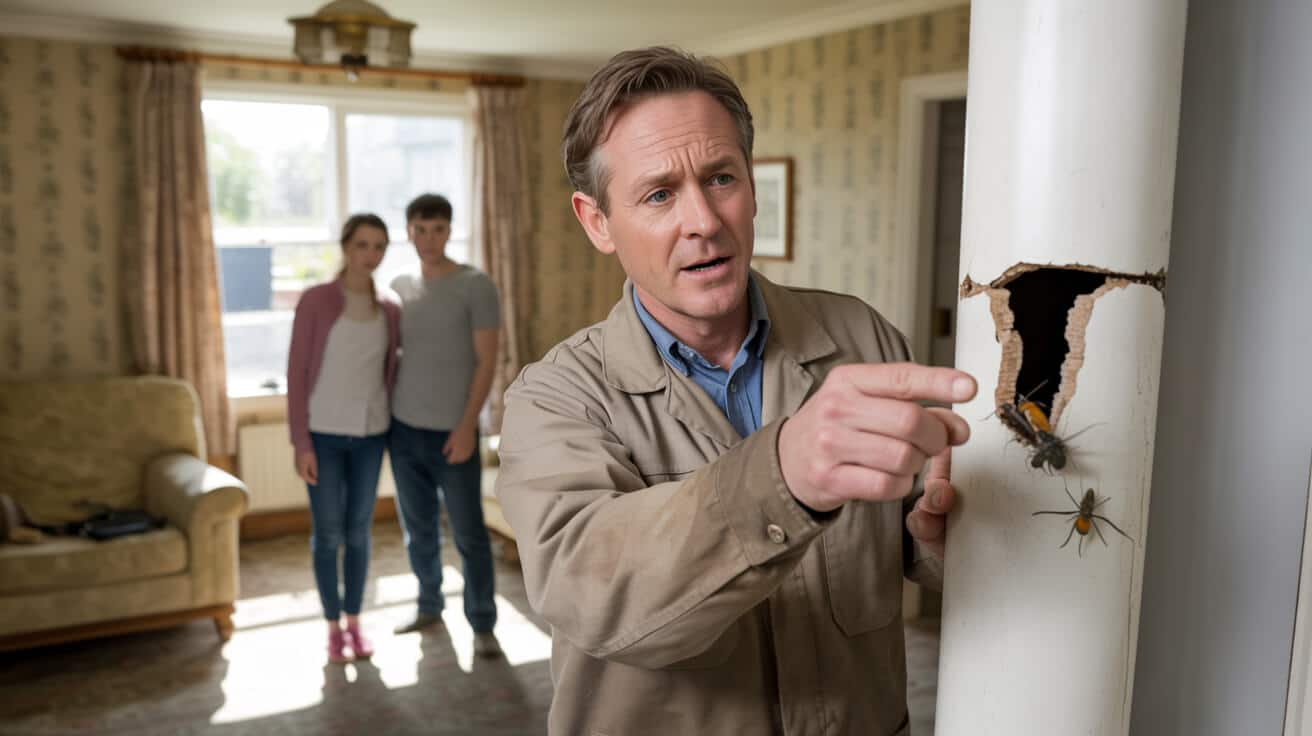
The landscape of CO protection changed fundamentally with recent UK legislation. It’s now illegal for landlords to let a property with any fixed combustion appliance (except gas cookers) unless a working, certified CO alarm is in place—a single miss can trigger £5,000+ fines (GOV.UK, 2022).
But it’s about far more than avoiding fines:
- Homeowners: Most insurers and mortgage lenders now treat the lack of proper alarms as a breach of cover. A claim post-incident could collapse if CO protection isn’t verified at the time.
- Lettings agents/property managers: Regulations demand *documented evidence*—not just that you installed alarms, but that you checked and replaced as needed, and responses to tenant notifications are logged.
- Block managers/local authorities: Annual logs, digital records, and 24/7 audit readiness are the emerging baseline. Spot checks by councils are up, and the burden of proof is increasing.
The forgotten paperwork risk is now commercial as well as residential—you’re measured as much by your admin as your appliances.
All compliance nowadays means traceable, secure records: service histories, instal certificates, change and test logs. If anything happens, that is what stands between you and liability.
Where Should CO Alarms be Placed—And Why Does Positioning Matter So Much?
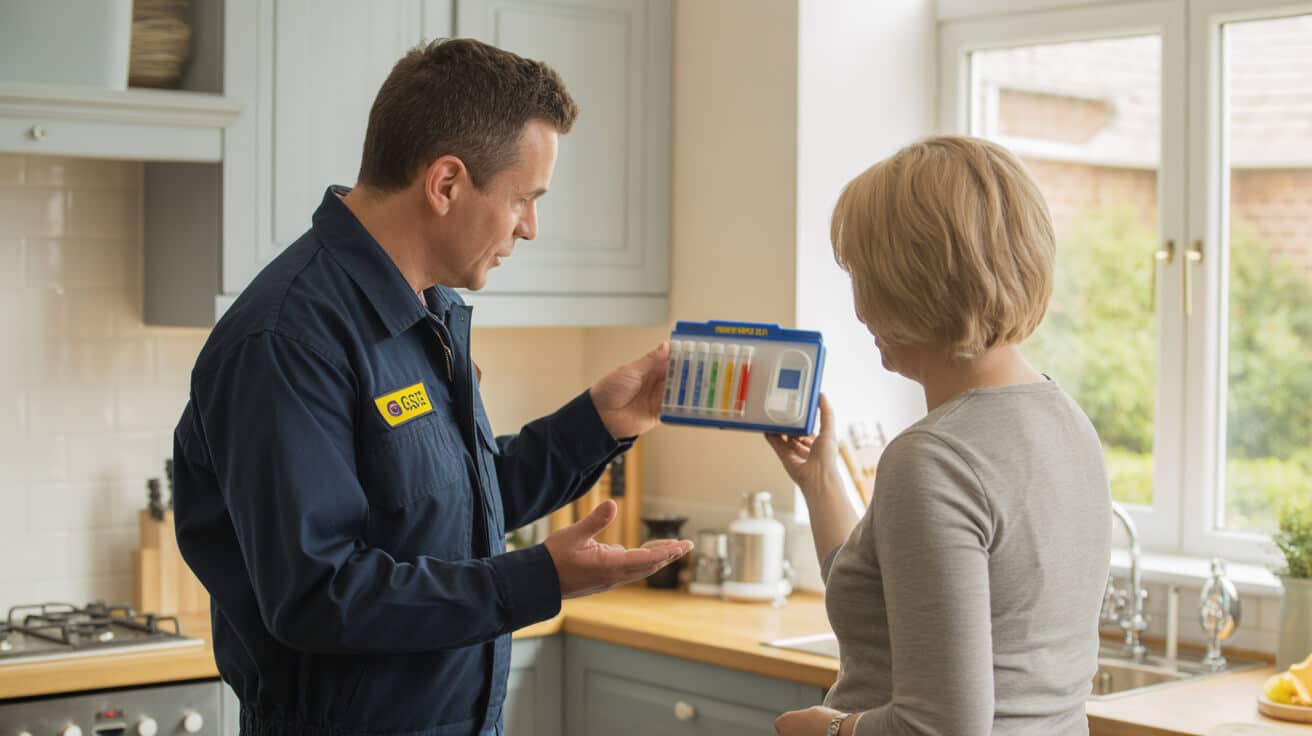
A CO alarm on the wall isn’t a guarantee; location and ongoing maintenance are what shape real-world safety. Too many property incidents are traced not to a lack of fitting, but poor positioning, expired sensors, or dead units buried behind boxes.
Key principles for all property types:
- Instal 1–3 metres from the appliance (gas fire, boiler, log burner) it’s designed to protect:
- Place at breathing height—not simply ceiling-mounted like smoke alarms:
- Never instal above radiators, near windows, or inside cupboards:
- Choose units with a visible expiry date and built-in monthly test reminder: *(Voltimum, 2023)*
- Test every month; replace before expiry—not just when the battery dies:
For managing agents or maintenance teams, digital logs and scheduled reminders create the ironclad audit trail modern legal standards expect. For homeowners, this is a once-a-month, five-second job that outweighs any risk of disruption.
A CO alarm is the last barrier—if it’s not in the right place, at the right time, with the right proof, trust is lost and risk is alive.
If you have any doubt, a responsible installer will run an end-to-end test and show you how each indicator (sound, flash, reset) should work. Accept nothing less.
What Immediate Steps Should You Take if a CO Alarm Goes Off or CO is Suspected?
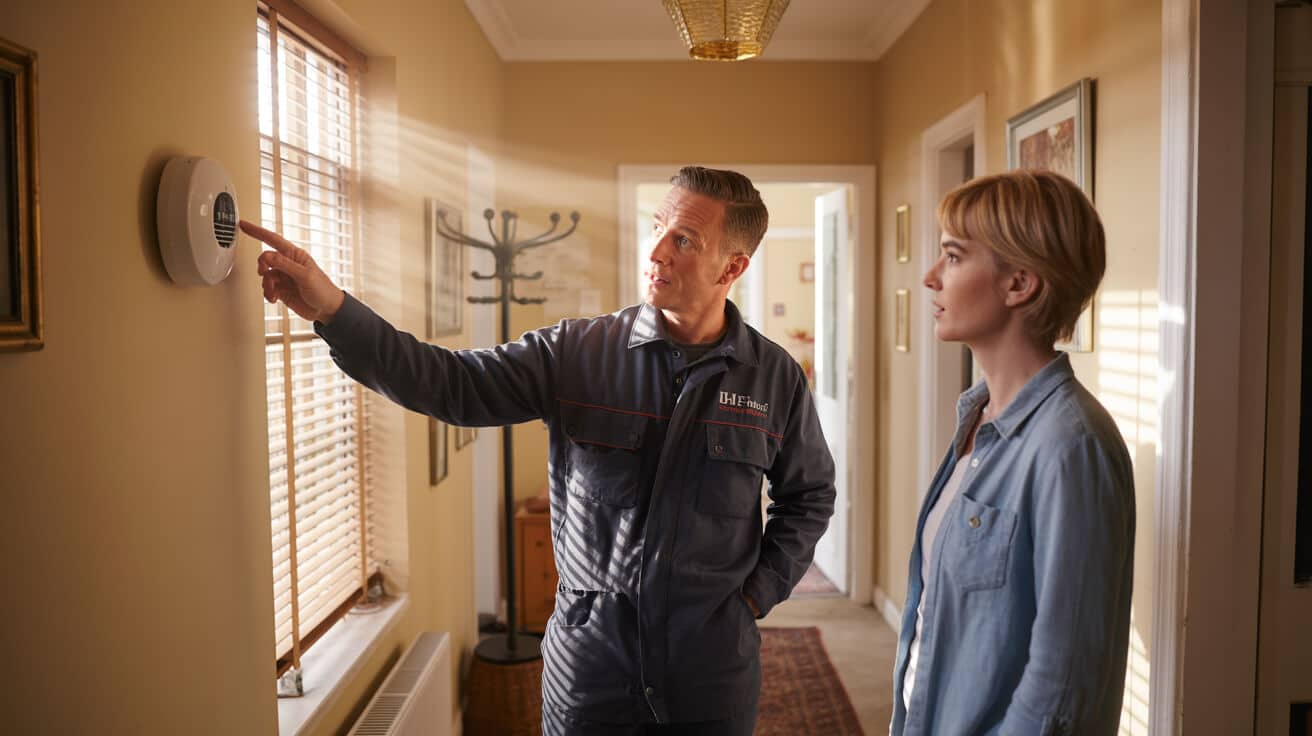
A CO alarm should never be ignored, downplayed, or “checked later”—immediate action saves lives, every time.
- Turn off all suspected appliances at once:
- Shut off the main fuel valve if safe to do so:
- Throw open windows and doors to ventilate:
- Evacuate everyone—including pets. Don’t wait for symptoms:
- Call 0800 111 999 for any gas emergency:
- Medical symptoms or doubt? Dial 999 immediately:
- If uncertain, NHS 111 will guide you on symptoms or next steps:
A key safety tip: always inform responders that you suspect carbon monoxide. This simple step triggers specific blood checks and gives paramedics a heads-up—crucial, as many cases in the UK are misdiagnosed in the first hours (NHS, 2023).
Never re-enter until a qualified engineer (Gas Safe for gas, OFTEC for oil, HETAS for log/solid fuel) has cleared and documented the property. The only “mistake” is hesitation; it’s safer to be embarrassed than to gamble with hidden poison.
If your instinct tells you something’s off, trust it—evacuation and clarity aren’t overreactions. They’re the right moves.
Why Is Routine Service, Proper Record-Keeping, and Compliance Paperwork the Backbone of CO Safety?

Annual checks are more than calendar marks—they’re your critical safety net and your only enforceable proof if anything ever goes wrong. It’s boring, administrative, and the only thing separating care from liability.
What real CO-safe practice looks like:
- Every service includes *signed certificates* matched to the current system—no digital gaps, no missing logs
- Every alarm has *a serial number, fitted date, and replacement log*—set phone reminders or digital schedules if needed
- Upgrades (boiler swaps, new cylinders, vent re-routes) should always be tied to updated “as fitted” diagrams and fresh certificates
Professional installers walk you through every action. They don’t just fit and forget; they explain, document, and ensure you’re confident on monthly, annual, and as-needed maintenance—without resorting to confusing codes or dismissive language.
For landlords and agents: failure to store and present these records under inspection or after a claim is now cited as “gross negligence” in UK disputes. The paper trail is king, and it needs to be clear enough for you, your tenants, and the authorities.
If it isn’t documented—signed off, logged, and accessible—don’t assume you’re protected.
How Plumbers 4U Delivers CO Safety for Owners, Landlords, and Agents—Without Shortcuts

CO safety is non-negotiable at Plumbers 4U. Our team’s reputation is built on WRAS- and G3-certified expertise and a total refusal to cut corners at any property, whether family homes or managed blocks.
- Every instal is a system check—not just an “alarm on the wall.” We test appliances, double-check airflow, and photo-audit everything for your records.
- Landlords and agencies rely on our bundled compliance packs: annual reminders, digital documentation, and ready-to-send evidence for letting audits or insurance.
- Homeowners benefit from walk-throughs in plain English—no cryptic codes, just a clear understanding of what needs checking and when.
- We’re on call for emergencies, routine safety calls, and any compliance gaps—proof and peace of mind provided on every job.
When your reputation and your residents’ safety are on the line, a shortcut is just risk in disguise. We protect every address as if our own families lived there.
It’s our policy to leave nothing untested and nothing undocumented—so you stay protected, audit-ready, and worry-free.
Secure Carbon Monoxide Protection with Plumbers 4U Today
There’s no “good time” to defer carbon monoxide safety—every delay risks health, business, and trust. The gap between “I should check” and “I acted” is where real problems unfold.
- Book a full survey, installation, or compliance review—every engineer is WRAS, G3, Gas Safe, and WaterSafe registered.
- Receive digital job logs, reminder follow-ups, and instant support—whether you’re a landlord, homeowner, or managing agent.
- Secure your paperwork, impress your insurers and tenants, and stay ahead of compliance change.
Let us be your shield: keeping your people, property, and professional reputation safe—one registered check, one tested alarm at a time.
Frequently Asked Questions
Who in UK homes is statistically most likely to miss carbon monoxide risks—and what are the subtle “tells” most owners ignore?
Healthy adults often think they’re less at risk from carbon monoxide (CO), but data from NHS England reveals most non-fatal exposures happen in homes with no obvious faults and average ventilation. While children, elderly adults, and people with breathing conditions experience symptoms faster, most missed cases trace back to distractions: busy families dismissing tiredness as stress, live-alone residents who acclimate to low-level symptoms, and tenants in just-refurbished properties assuming “new” means “safe.” Pets—especially birds or small mammals—often suffer first, showing lethargy or odd behaviour well before adults feel anything amiss.
Which overlooked patterns should trigger suspicion?
- Recurring illness among household members, pets, or employees in different rooms at different times: .
- Feeling much better outdoors or at work than at home, even after mild activity: .
- Unusual condensation on windows coinciding with solid-fuel appliances in use: (signalling poor combustion or ventilation).
- A new headache or confusion after using heating or hot water systems, not just during winter bugs.:
When a pattern feels odd—even if it makes no noise—pause and question it. The smallest discomfort can be a signal, not a nuisance.
Why do healthy households ignore key signs?
Confidence in “modern” appliances, assumption that annual boiler checks cover all dangers, or the absence of smoke or strange smells means early CO clues get missed. Many major incidents start with minor, non-specific symptoms—headaches or sluggishness—ignored for weeks until severe poisoning occurs.
To lower your risk, trust any recurring health dip indoors, especially where children, elderly, or animals improve outside. If still unsure, ask Plumbers 4U for a CO “tune-up” assessment or review our newest data-driven symptom checklist with real-life case studies for added context.
What is required by law for carbon monoxide alarms in UK property—and how do real claims prove non-compliance?
As of April 2024, private landlords, social landlords, and letting managers must fit, test, and maintain CO alarms in every room containing a fixed combustion device (excluding gas hobs), across the UK. This covers all tenancies, HMOs, registered social housing, and care properties. Failure to provide and document working, certified alarms is now a compliance red flag on licencing, mortgages, and grant schemes, with over 1,100 council fines issued in the last 12 months. Even homeowners—although exempt from direct legal fines—risk denied insurance pay-outs and voided manufacturers’ warranties if alarms are absent or expired.
Which tasks and records actually protect you legally?
- Landlords: Alarms must be checked before every new tenancy, faults repaired inside 24 hours, and instal/expiry details written in a log for inspection *(DCLG Guidance 2024)*.
- Letting and property managers: Must track documentation and communicate alarm testing requirements to tenants, contractors, and emergency contacts. Neglecting this has resulted in lost tribunal appeals for landlords in 2023.
- Commercial and public property managers: Specialist guidance may extend to plant rooms, staff quarters, or anywhere combustion appliances are found—even if not visible in letting areas.
How do law and audit standards vary by region?
England, Wales, and Scotland all have slightly different installation rules, alarm types, or documentation requirements. For example, Scotland now requires CO alarm mapping as part of HMO paperwork, with additional scrutiny placed on converted properties.
In grant applications, licencing reviews, and letting disputes, the best defence is always a dated logbook from a certified installer, not a receipt from the local hardware shop.
Want to stay on top of the rules or need to bring expired paperwork up to date? Plumbers 4U offers a free regulations tracker and detailed audit sheet with every compliance visit.
Where should you instal carbon monoxide alarms in UK buildings so every room—and person—is genuinely protected?
Relying on a single alarm in a hallway leaves real blind spots. Best practice (per BS EN 50291) calls for CO alarms in every room with a gas, solid fuel, oil, or multi-fuel appliance, as well as any plant rooms, annexes, or garages linked to living spaces. To actually detect CO before symptoms hit, mount alarms 1–3 metres from each appliance at typical breathing height—not right above windows, radiators, or vents, and never on the ceiling unless manufacturer-approved. Separate alarms for boiler cupboards, open-plan rooms, and converted basements are now a must.
Placement table: How correct alarm locations outpace “tick-box” compliance
| Room/Space | Alarm Fitted? | Placement Guidance |
|---|---|---|
| Plant/Boiler Room | Yes | Wall-mount, 1–3 metres from unit |
| Living Room (Fire) | Yes | Head height, clear of curtains |
| Annex/Garage | Yes | By entry, above counter level |
| Sleeping Room (if appliance) | Yes | Wall, not hidden by furniture |
| Hall/Landing | Yes | Near bedrooms, on circulation path |
| Utility Room | If appliance | Same wall as appliance, open spot |
What instal mistakes create dangerous gaps?
Many properties hide alarms in cupboards or behind furniture, missing flue leaks entirely. Refurbishments often move appliances but not alarms. Outbuildings and plant annexes are routinely missed—recent NHS data links over a dozen incidents in 2023 to alarms fitted too far from new log burners.
The safest homes map each risk—never skip a room because it ‘looks modern’ or ‘was only used for storage.’
Plumbers 4U supplies compliant placement plans, diagrams, and digital logs for every property type. Book a photo-verified survey or request our printable alarm location checklist—especially crucial for landlords or agents fielding multiple unit types.
How often should CO alarms and gas appliances be serviced in the UK—and what happens when intervals are missed?
All gas, solid-fuel, oil, and multi-fuel appliances must be fully serviced every twelve months by a certified engineer (Gas Safe, OFTEC, or HETAS, as appropriate). In rental and managed properties, annual checks are mandatory by law; even for owner-occupied homes, missing a service can void your insurance and home warranty. CO alarms should be tested monthly and replaced at expiry (5, 7, or 10 years marked on device—ignore “it’s still beeping” as a reliability test).
Table: Minimum compliance—what must be logged for legal and insurance cover
| Task | Frequency | Who is Responsible |
|---|---|---|
| Gas appliance service | 1 year | Landlord/owner |
| CO alarm test (button) | Monthly | Occupant/staff |
| CO alarm expiry swap | 5–10 years | Landlord/owner |
| Service cert update | After service | Installer, agent, owner |
| Alarm location mapping | On fitting | Installer, agent |
Missed check? Impact is immediate
Landlords who skip an annual or miss an expiry deadline face fines, invalidated insurance, revoked HMO or rental status, and in rare cases, criminal prosecution if illness follows. Owners whose logbook goes missing after a renovator’s visit can lose claim rights for appliance faults—even if an alarm was fitted but not documented.
Every missing entry on your compliance log is an open door for denied claims and official headaches—keep your record up to date, not just your kit.
Plumbers 4U sets up automated annual reminders and offers emergency document retrieval. Don’t wait for a council letter to find your next deadline already passed.
What immediate steps protect lives when a CO alarm sounds or symptoms suddenly appear?
As soon as a CO alarm activates or anyone in the property displays sudden tiredness, confusion, headaches, or nausea (especially if several people or pets feel ill), the order of response is paramount:
1. Shut down all combustion appliances if safe.
2. Open doors and windows for maximum airflow.
3. Get everyone—including animals—out of the property without delay.
4. Call 0800 111 999 (National Gas Emergency Service), or 999 for serious symptoms.
5. Only return when emergency services confirm safety.
Why is hesitation so risky?
Statistics from RoSPA and Gas Safe show that in over 65% of severe incidents, families or occupants waited more than 20 minutes to leave—believing it might be a false alarm or misreading symptoms as a bug, dehydration, or tiredness. Breathing in even small amounts of CO may cause symptoms to intensify, or in rare cases, collapse en route to safety. Immediate, no-hesitation response is not an overreaction; it’s the professional “gold standard.”
CO gives no second warnings—you either move fast or you risk everything built for your home or family.
Plumbers 4U supplies custom emergency action cards and training materials for tenants, property teams, and vulnerable residents. Request a set with your annual check or as a risk reduction pack for managed premises.
Who are the trusted specialists for carbon monoxide safety in UK properties—and how has documentation become your primary safety net?
Only approved, accredited professionals should ever instal, maintain, or sign off CO safety measures. This means:
- Gas Safe engineers: for gas appliances, flues, and boiler systems.
- G3, OFTEC, and HETAS-certified specialists: for unvented cylinders, oil burners, or solid-fuel stoves.
- WRAS/WaterSafe: registered fitters for plumbing-side integration (crucial for combined-system homes).
- CSCS carded operatives: for compliance checks on commercial, high-occupancy, or multi-unit sites.
How does documentation now decide your protection or liability?
A signed, dated log—digital or paper—covering every alarm location, appliance serial, and inspection acts as your evidence if an audit, complaint, or insurance case ever arises. In over a dozen real-life insurance disputes in the past 18 months, having a compliant logbook meant claims were paid and liability was clear—even when a device failed due to a rare manufacturing fault.
- Annual servicing or installation certificates for every device:
- Alarm expiry records and location maps, for every tenancy or managed building:
- Tenant/staff training and emergency response instructions, signed and recorded:
The confidence you have in your CO safety only goes as far as your last certificate—don’t risk finding your proof is three years out of date.
To raise your compliance bar, Plumbers 4U provides paper and cloud logs, alongside engineer-certified certificates for every job. Book a free compliance review to uncover any gaps, and ensure your property portfolio or home never risks a preventable loss.

